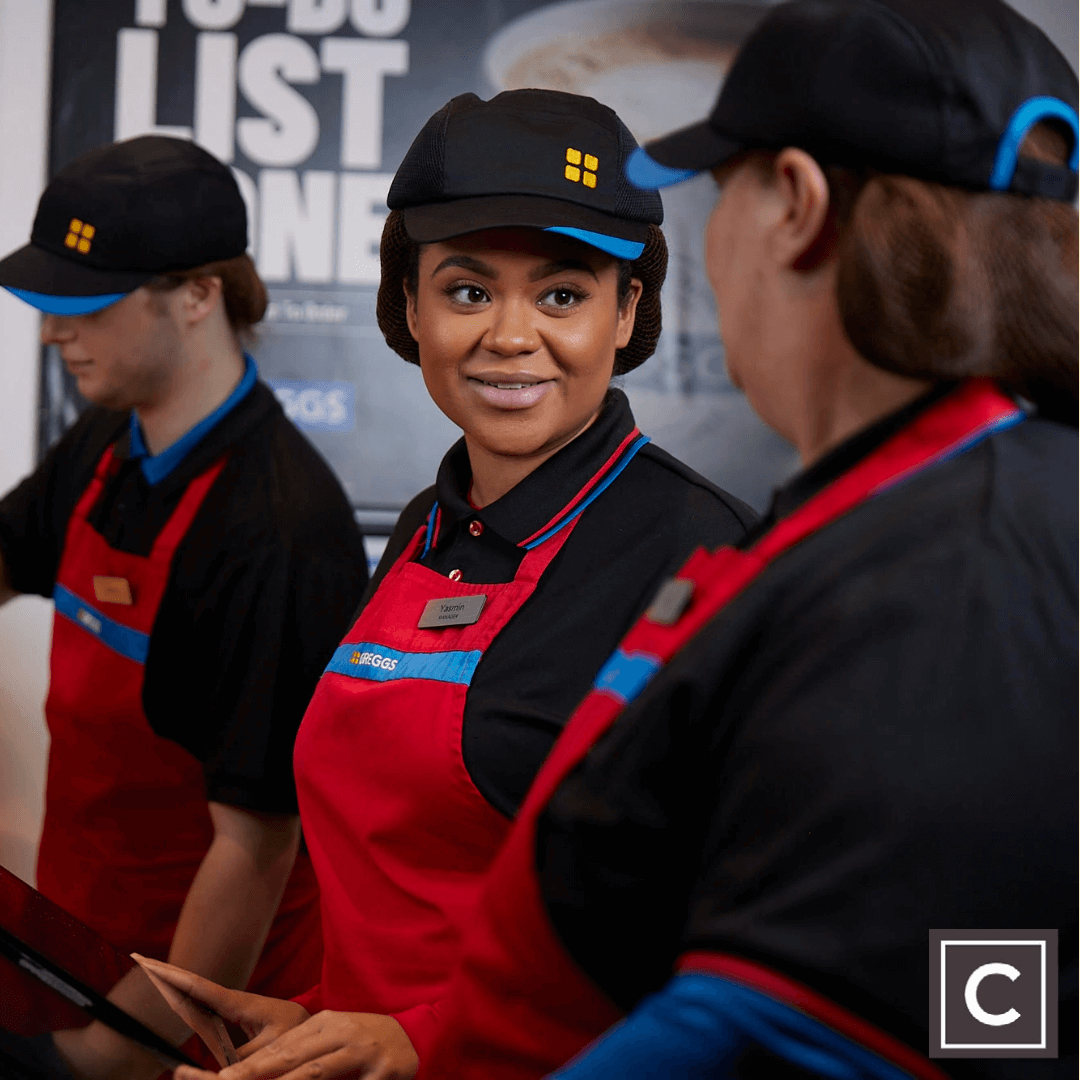The VAT Conundrum: Greggs, Fish & Chips, and the Battle for Tax Fairness
Posted by Stelios on 2nd Aug 2023 Reading Time:
The complexity of the VAT system, particularly concerning hot food, often perplexes even seasoned business people. This issue frequently surfaces, especially in discussions around Greggs PLC and other bakeries.
Comparing Apples to Oranges?
Greggs might seem to have an edge over other food providers, such as fish & chips shops. However, comparing these two categories is like contrasting different sports. The VAT system, though appearing complicated, has clear guidelines for hot food, and Fish & Chips fit within these rules, while Greggs (and Bakeries) operates differently.

VAT Framework for Hot Food
Understanding the VAT criteria for hot food helps clarify the situation:
1. Prepared hot for consumption
2. Heated to order
3. Kept hot after cooking
4. Served in special packaging
5. Marketed as a hot item
Fish & Chips align perfectly with these rules, while Greggs (and Bakeries) operates in a different arena.
Bakery products (as cakes or biscuits) and their VAT liabilities
| Zero-rated Value Added Tax products | Standard-rated Value Added Tax products |
| Bread and bread products, for example, baps, rolls, and pitta bread | Certain products provided as part of a hot take-away meal These include hot kebab in a pitta, hamburger in a bun etc. |
| Cakes comprising celebratory cakes such as an anniversary, birthday, or wedding cakes, fruit cakes, sponges | Cakes supplied in the course of catering |
| Flapjacks and slab gingerbread | Cereal, muesli and alike sweet tasting bars |
| Marshmallow teacakes (with a cake base or crumb biscuit topped with marshmallow coated in either coconut or sugar strands or chocolate) | ‘Snowballs’ without a cake base are classed as confectionery |
| Crunch cakes – corn flakes or any different breakfast cereal item coated in carob or chocolate and pressed into hard flat cakes | Florentines |
| Caramel or shortcake containing a base of shortbread topped with a coating of caramel and chocolate | Shortbread biscuits wholly or partly chocolate-covered |
| Lebkuchen |
Coconut ice |
Historical Context
Inspired by a victory of a hot dog vendor in Germany, a campaign was initiated in 2011 to challenge the application of VAT to hot food in the U.K. The issue gained prominence when supermarkets were found manipulating VAT laws, leading to government intervention in 2012. This culminated in the spotlight falling on Greggs, giving rise to the "Pasty Tax" issue.
In response, Greggs outlined a proposal in May 2012:
1. VAT should be applied solely to food maintained hot in a heated environment after cooking.
2. VAT should be levied on all food reheated to order, including items like paninis in sandwich shops.
3. VAT should encompass food supplied in heat-retaining packaging, such as the toasties offered by Pret a Manger.
Greggs' strategy strongly emphasises compliance with existing laws, centring on the sale of pastries intended to be consumed at ambient temperatures, rendering any hot product purely incidental. Alongside rallying support from the media and other bakers, the firm accentuates its strict adherence to legal stipulations. It ensures VAT collection on all hot food items, forwarding the amount to HMRC.
When the government contemplated altering these regulations, Greggs lobbied effectively to avert the changes that could have negatively impacted them. Though some modifications were made across the U.K., such as adding (and enforcing) VAT to food in hot food counters in supermarkets.
Previously, Greggs had practices like hot-holding bakes, sausage rolls, and other hot foods under heat lamps. With the changes, they had to eliminate heat lamps, switch to different packaging, and accept the possibility that the food might not always be hot.
The company made a calculated commercial decision that the adverse effects on their business from potentially lukewarm food (evident from continuous complaints on social media today) would be outweighed by the risks associated with increasing prices, including VAT. This strategic move showcases Greggs' careful navigation within the VAT system's intricacies while upholding legal compliance and business interests.

Common Queries from Greggs' FAQ Page
Why Do I Pay More To Eat In?
Greggs charges VAT for 'eat in' orders and passes it to HMRC. Café shops may charge extra for additional services.
Why Wasn't My Bake Hot?
Greggs bakes fresh daily, without retaining heat or marketing products as hot, to avoid VAT and keep prices lower. Hot sandwiches in heated cabinets are subject to VAT.
A Complex Business and Taxation Issue
The VAT on hot food may open doors to health and social concerns if eliminated on takeaway food. A universal VAT rate for all 'out-of-home food,' under 10%, might include all prepared meals that could be made at home, creating a fairer business environment but raising complexity.
Importance of Transparency
VAT is a consumer tax, not a business one. A failure in customer awareness must be rectified by including VAT information on menus and receipts. As you can see above Greggs are very transparent about their obligations.
Conclusion
The Greggs and VAT issue symbolises the intricate U.K. tax law. It's not about exploitation but understanding the nuanced rules for different sectors. A balanced and fairer approach to VAT might level the playing field but demands thoughtful examination and collaboration. For businesses facing these challenges, the Greggs and VAT debate is a useful lesson in navigating the taxation maze.

